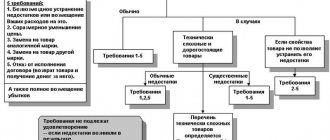A sworn translation is a translation of documents written in any language other than Russian, officially recognized by government agencies. To confirm the authenticity of the document, it must undergo a certified translation. Understanding what a sworn translation is is important for large corporations, law firms and exchange students, i.e. the public who often request such a service (learn more here ).
What is sworn translation?
A sworn translation, whose official name is public translation, guarantees the authenticity of documents written in a foreign language in Russia. This must be done by a qualified sworn translator.
This type of translation guarantees content accuracy, but in order to be valid it must meet a number of requirements.
It is in high demand by corporations doing international business as well as law firms, both in mandatory situations and when it is used to enhance the credibility of a document.
Who can do a sworn translation?
Only a public and commercial translator can perform a sworn translation. Language proficiency is not enough to perform a sworn translation; a specialist must be registered in the register of sworn translators.
What is sworn translation used for?
A sworn translation serves to ensure that documents written in a language other than Russian are recognized in the country and have undeniable legal force.
What documents require sworn translation?
- Personal documents.
- Education documents.
- Driver's license.
- Marriage/divorce certificate.
- Certificate of Exemption.
- Birth and death certificate.
- TIN certificate.
- Social security documents.
- Medical reports.
- Bank statements.
- Passports.
- Corporate documents and contracts.
- Court decisions.
- Arbitration awards.
Other documents besides those shown here may also be requested depending on the institution.
However, whenever there is a need for official submission to government authorities and legal recognition, it is necessary to request a sworn translation from a translation agency.
As a rule, a sworn translation is made from the original document. If the document has a validity period, the translation must correspond to the same validity period. A sworn translation must always be attached to the original document and must have the same content, observing the existing signatures, seals and stamps.







